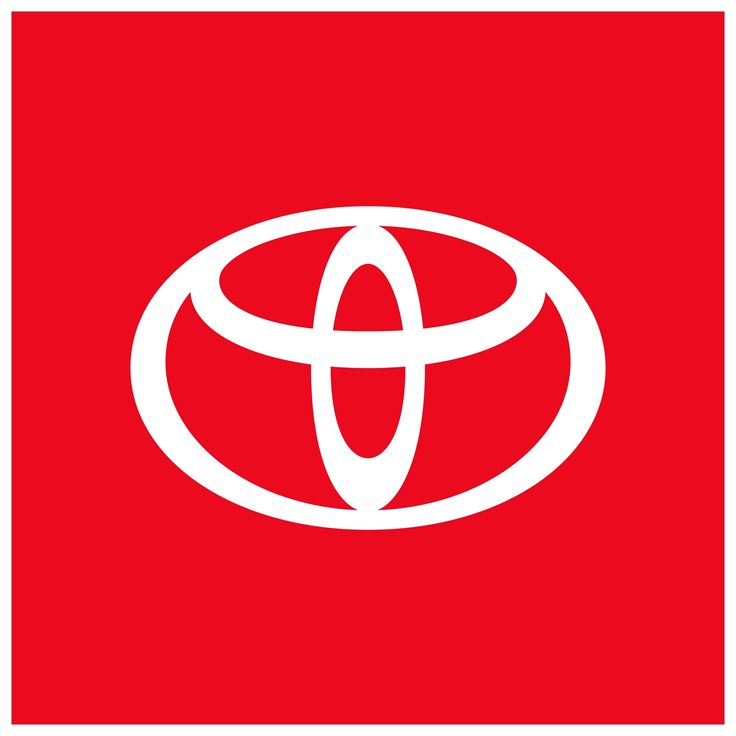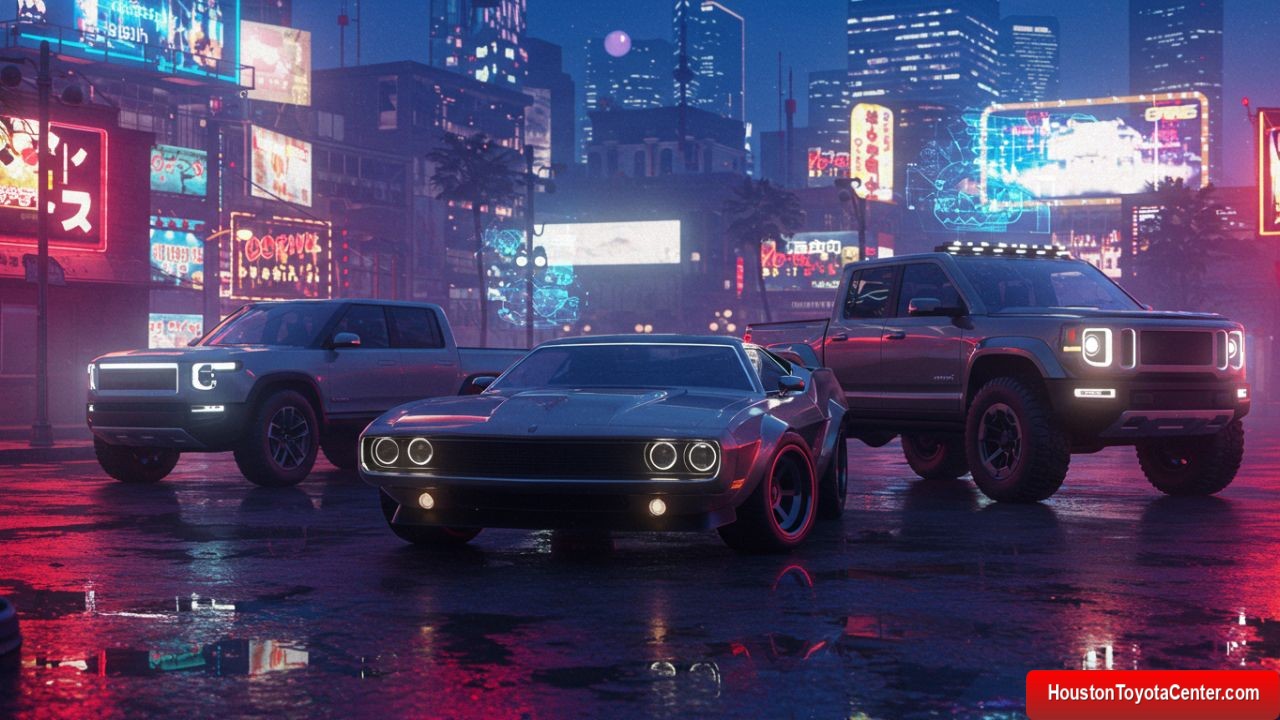As the auto industry enters a period of unprecedented change, a mix of tariffs, new model launches, and an accelerating shift toward electrification is reshaping the global market. From affordable new entries to cutting-edge electric vehicles, manufacturers are racing to meet evolving consumer demands and regulatory pressures.
Tariff Turbulence and Rising Car Prices
U.S. tariffs on imported vehicles and auto parts have sparked concerns across the industry. Analysts warn that these cost increases will gradually push up new car prices by several thousand dollars—impacting both imported and domestically produced models. Automakers like Volkswagen are already responding by adding “import fees” to offset the extra costs, a move that may ultimately be passed on to consumers. Industry experts predict that these tariffs, coupled with reduced dealer incentives, could lead to an annual drop in new car sales by millions of units over the next year
New Entrants and Revamped Models: The Race for Market Share
Innovation is not slowing down despite the challenges. Dacia is set to make waves in the competitive C-SUV segment with its new Bigster. Positioned as a larger, more upscale addition to its well-known lineup, the Bigster comes packed with modern tech features—from dual screens to an electronically operated boot—all at an attractive price point
Elsewhere, iconic brands are grappling with their electric future. SEAT, for example, is facing financial hurdles and delays in launching a new, affordable electric model—a predicament that has cast doubt on the brand’s long-term EV strategy
FREE: Quickly identify and understand problems with your vehicle 🚘
CLICK HEREThis uncertainty comes at a time when rivals are pushing hard into the EV space, adding further competitive pressure.
Muscle Cars Evolve: Tradition Meets Electric Innovation
Muscle car enthusiasts aren’t being left behind. Dodge has unveiled its next-generation Charger lineup, blending traditional gas-powered performance with new hybrid and electric options. The two-door Charger Daytona models are already hitting dealerships, while four-door versions and additional engine variants (including the highly anticipated Charger SIXPACK series) are scheduled for a 2025 rollout. This multi-energy strategy is Dodge’s answer to a market where performance and sustainability must go hand in hand
Trucks, SUVs, and the Global Perspective
In Australia, Ford Australia has turned heads with the unveiling of the all-new Ranger Super Duty 4×4. Built to cater to both fleet buyers and off-road enthusiasts, the Ranger Super Duty promises robust features like differential locks and a massive towing capacity, showcasing the global trend toward durable, versatile vehicles
Across the board, automakers are rethinking their product strategies. From premium brands like Mercedes-Benz planning an ambitious rollout of 21 new models over the next two years—including electric supercars and upgraded facelifts—to budget-friendly EVs and hybrid sedans, the industry is diversifying its offerings to capture a wider audience
Looking Ahead
With tariffs continuing to challenge pricing strategies and regulatory requirements pushing for cleaner emissions, the coming months will be crucial. Consumer expectations are higher than ever, and automakers must balance innovation with practicality. Whether it’s the tech-packed affordability of the Dacia Bigster, the uncertain electric pivot of SEAT, or the evolution of classic muscle cars, the automotive landscape is undeniably in a state of dynamic transformation.
As manufacturers adapt to these pressures, industry watchers agree that the next few years will define which brands can not only survive—but thrive—in this rapidly evolving market.


Leave a Reply